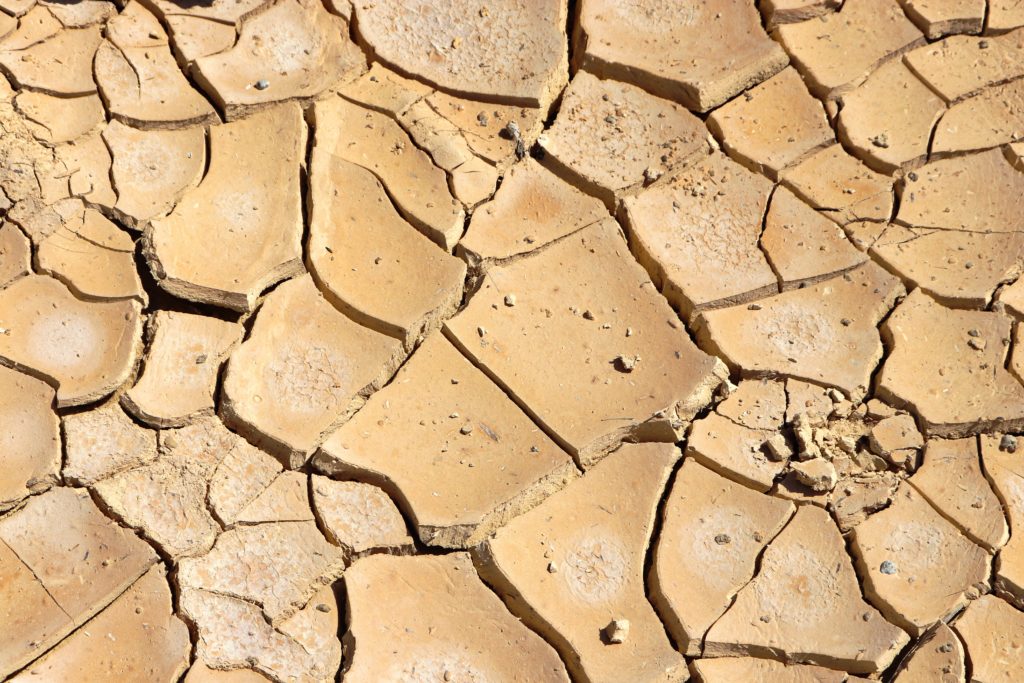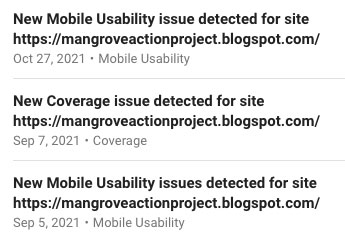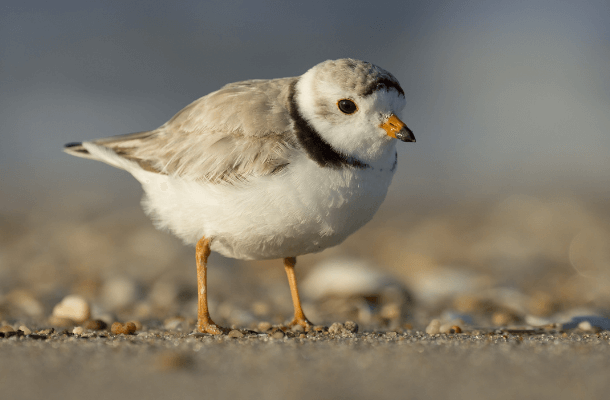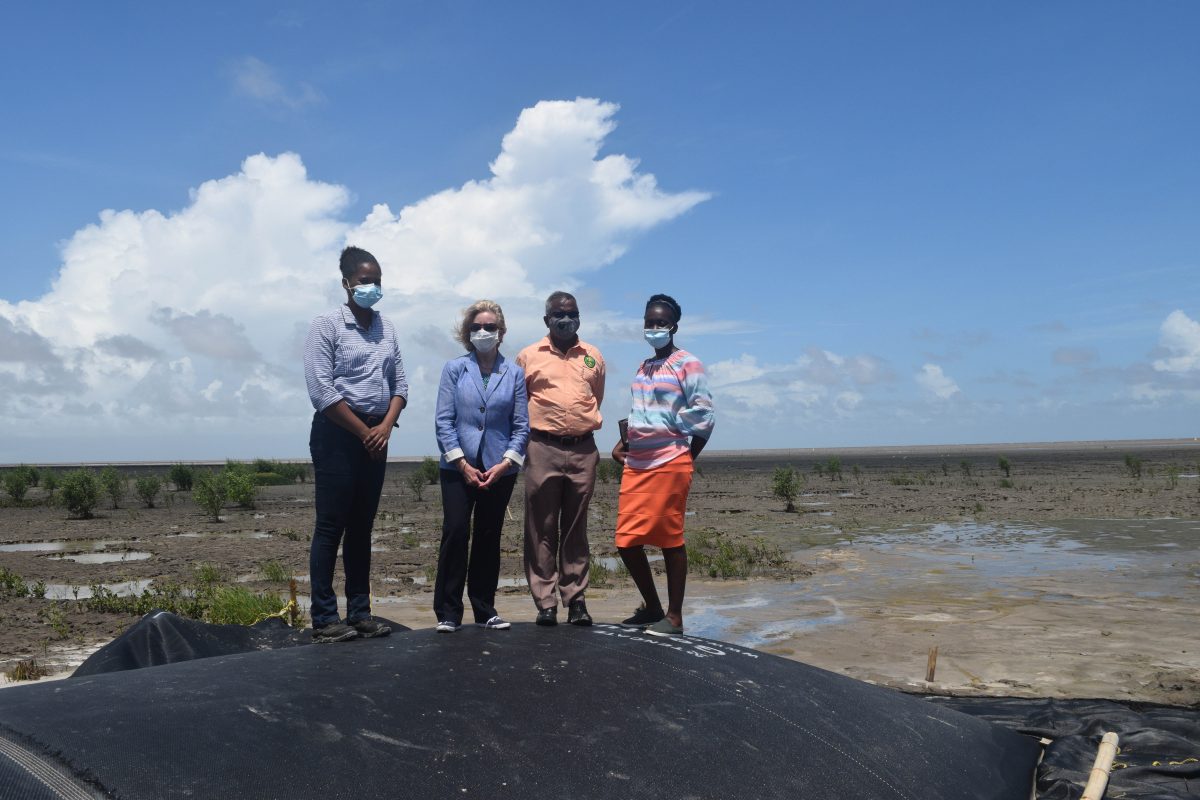MAP NEWS ISSUE #532 – Oct 30, 2021
The MAP News | |
MAP Website en Español haga clic aqui FEATURED STORY What Climate Finance Means for the Global South in the Run-up to COP26  GLOBAL – Developed and developing countries have different perspectives on climate finance. Chandra Bhushan, a public policy expert and founder/CEO of International Forum for Environment, Sustainability & Technology (iFOREST), explained when developing countries speak of climate-finance requirements, they largely mean public grants from developed countries. But when developed countries talk about climate finance, they mean “everything from loans to grants to bilateral and multilateral funding,” Bhushan said. Climate finance usually aids two solutions: Mitigation and adaptation. Mitigation refers to efforts aimed at reducing greenhouse-gas emissions like investments in renewable energy technologies or even making existing energy generation more efficient. Adaptation means remodeling and reorganizing society and the physical environment to address risks posed by climate change. Climate adaptation includes enhancing the resilience of coastal communities with nature-based solutions like restoration of mangroves and providing food security with climate-resilient agricultural practices. READ MORE GLOBAL MAP seeks SEO volunteer – Part time USA – Mangrove Action Project is looking for a volunteer to assist with SEO issues on our Newsletter and blogspot. If you have the ability, and a little spare time to share your valuable knowledge, please contact Sam about volunteering a few hours of your time to help us make our newsletter and blogspot interesting, attractive and searchable. CONTACT SAM AFRICA Gabon plumbs carbon mystery of its mighty mangrove trees GABON – The towering trees in Gabon’s impenetrable mangrove swamps have helped to make the Central African country one of the world’s few net absorbers of carbon as the plants sequester the greenhouse gas four times faster than forests on land. While the world struggles to curb climate change and U.N. talks on the issue begin at the end of the month, countries such as Gabon are trying to work out exactly how much carbon is locked in their mangroves. “We do not really have a lot of information on the mangrove forests compared to the terra firma forests,” said Vincent Medjibe, who collects carbon data for Gabon’s National Parks Agency. “We’re working on it.” Across the estuary from the mangrove-rich Pongara National Park, the growing capital Libreville exemplifies the threat mangroves face. In one outer neighbourhood, dry tussocks and muddy holes are what remain of a former swamp that has been illegally cleared for construction. As well as storing carbon, the swamps are rich in wildlife and serve as natural flood defences. A resident who gave her name only as Christella said she was worried her future neighbours didn’t realise the danger. “They’re in a basin of sorts and when the heavy rains come, the water can rise,” she said. The positive news is that awareness is growing. READ MORE CEPEJ and the Reality of Niger Delta Underdevelopment Crisis
NIGERIA – Talking about the Niger Delta region of Nigeria, it is true that today there exists in the Petroleum Industry Act (PIA) which made some far-reaching provisions for the host community’s development such as its demand that any oil prospecting licence or mining lease or an operating company on behalf of joint venture partners (the settlor) is required to contribute 3% of its actual operating expenditure in the immediately preceding calendar year to the host communities development trust fund. This is in addition to the existing contribution of 3% to the Niger Delta Development Commission (NDDC). It is also true that recently, Professor Yemi Osinbajo, the Vice President of Nigeria, at a function in Lagos noted that the present administration was determined to see through to the completion of all the critical projects in the region. Once more, we are equally witnesses to the fact that the Minister of Environment, Dr Mohammad Abubakar, after a meeting in Port Harcourt, said his ministry was in talks with key stakeholders in the Niger Delta region on devising a blueprint for alternative ways to preserve, conserve and restore mangrove in the region. READ MORE Blue forests are under threat. A quiet revolution could save them
MADAGASCAR – Drilling the mud for hours in raging heat, surrounded by swarms of wasps, their feet cut by razor shells: scientists in southwest Madagascar are counting fish and collecting data in the harshest conditions. They are hoping to save one of the most valuable environments on the planet: mangroves. Those “blue forests”, at the frontier of land and sea, host some of the richest ecosystems on earth. Essential to the livelihoods of coastal communities, they are also extremely powerful carbon traps – storing up to six times more carbon than an equivalent area of the Amazon rainforest. But they are under threat. Overexploited for timber, charcoal and unrestricted fishing, they are the fastest disappearing forests on earth, at a rate of 1-2% per year. Over the past century, mangrove areas worldwide have declined by an estimated 30 to 50%. To prevent this, Blue Ventures, a nonprofit organisation that works with coastal communities in more than a dozen countries to protect tropical fisheries, is helping local people to effectively manage their use of mangrove forests. This will be crucial to secure their survival – and success relies on a data-led scientific approach which involves, among other things, counting fish in the mud. READ MORE AMERICAS SpaceX Destroys Habitat Of Endangered Species, Defies Federal Approval Process
USA – While SpaceX is focusing on exploring distant planets, the company’s operations are taking a toll on planet Earth, specifically in Boca Chica, Texas. Here, the SpaceX Starship Super Heavy Project and launch site are being built and expanded, even though some of the infrastructure has yet to be approved by the Federal Aviation Administration (FAA). American Bird Conservancy (ABC) is deeply concerned about the facility’s impacts on wildlife habitat and species listed under the Endangered Species Act (ESA), including the federally Threatened Piping Plover and Red Knot, and the Endangered Northern Aplomado Falcon. “The ecological importance of this region cannot be overstated,” said EJ Williams, ABC’s Vice President for the Southeast Region. “It’s critically important to ensure impacts to its natural resources are minimized and mitigated.” In addition to Threatened and Endangered birds, the area surrounding the Boca Chica SpaceX site provides sensitive habitat for other wildlife listed under the ESA — from the Ocelot and several species of sea turtle (Kemp’s Ridley, Hawksbill, Leatherback, Loggerhead, and Green) to the Gulf Coast population of the Jaguarundi. READ MORE Novel habitats created by non-native mangrove trees may inform the future management
USA – In a new paper published in the Journal of Applied Ecology, environmental science and management professor Elise Granek and lead author Casey Lewis, PSU alumna, report the findings of a census of zooplankton communities in non-native mangrove habitats and open coastline on the island of Moloka’i, Hawaii. The study found the diversity of zooplankton communities in mangrove stands was comparable to that of the open coast. Additionally, the authors report that while they found some species to be less abundant in mangrove sites, other rare species were only present in mangrove habitats. The findings suggest that the non-native mangroves may benefit, rather than impede, zooplankton, many of which are important species in the ecosystems they inhabit. The paper’s implications suggest that faced with declining fisheries, threatened reef ecosystems, and changing climatic and oceanic conditions, the value of ecosystem services provided by some invasive species, e.g., mangroves, may outweigh their negative effects. Therefore, the decision-making process involved in managing some invasive species warrants more careful consideration of both costs and benefits provided to the ecosystem. “In a static world, invasive species are bad because they disrupt ecosystems,” Granek said. “But we’re living in a world where the environment is changing. The climate is changing. The oceans are changing. That changes the calculus of how bad some invasive species are to the habitats they’ve been introduced into.” READ MORE Tropical cyclones augur well for mangroves, but…
USA – Tropical storms, in the last 21 years, have had an overall positive impact on the ability of mangroves in India to fix carbon dioxide, a key climate-warming greenhouse gas, says a study. Researchers at the department of geography at the University of Georgia in the United States, looked at how mangrove productivity or carbon assimilation (indicated by Gross Primary Productivity or GPP) had changed over 21 years and if tropical cyclone frequency or intensity played a role in this trend. The driving motivation was to explore the resilience of mangroves in India by looking at how storms have impacted GPP in the past. They examined satellite-datasets of GPP for seven mangrove sites along the east and west coasts of India, from January 2000 to July 2020, finding that there is a net increase in GPP for all mangrove sites, and especially for the east coast mangroves which are more frequently hit by cyclones compared to the west coast. “It (cyclone) make conditions suitable for growth and carbon uptake if recovery time is adequate post a cyclone event. READ MORE US ambassador highlights importance of mangroves GUAYANA – In the lead up to the UN Climate Change Conference (COP26) and with 2021 marking the start of the United Nations Decade of Ecosystem Restoration, US Ambassador Sarah-Ann Lynch visited the Guyana Mangrove Restoration Project, a programme under the National Agricultural Research and Extension Institute. A release from the US Embassy said that she met with Jagnarine Singh, CEO of NAREI, Kene Mosely, Coordinator of the Mangrove Restoration Project, and Damien Fernandes, Executive Director of Conservation International, who described their coastal adaptation strategies using mangroves in combination with infrastructure as a nature-based climate mitigation strategy. READ MORE ASIA Scientists reveal genetic secrets of stress-tolerant mangrove trees
JAPAN – Mangrove trees straddle the boundary between land and ocean, in harsh environments characterized by rapidly changing levels of salinity and low oxygen. For most plants, these conditions would mark a death sentence, but mangroves have evolved a remarkable resistance to the stresses of these hostile locations. Now, researchers from the Okinawa Institute of Science and Technology Graduate University (OIST) have decoded the genome of the mangrove tree, Bruguiera gymnorhiza, and revealed how this species regulates its genes in order to cope with stress. Their findings, published recently in New Phytologist, could one day be used to help other plants be more tolerant to stress. “Mangroves are an ideal model system for studying the molecular mechanism behind stress tolerance, as they naturally cope with various stress factors,” said Dr. Matin Miryeganeh, first author of the study and a researcher in the Plant Epigenetics Unit at OIST. READ MORE Indonesia pushes for mangrove forest conservation Rebound in China’s coastal wetlands following conservation and restoration
CHINA – The coastal zone of China has experienced large increases in population, economy and urbanization since the early 1980s. Many studies have reported the loss, degradation and fragmentation of coastal wetlands in China at local to regional scales. To date, at the national scale, our knowledge of the spatial distribution, inter-annual variation and multi-decadal trends of coastal wetlands in China remains very limited. Here we analysed ~62,000 Landsat-5, -7 and -8 images over the period 1984–2018 and generated maps of coastal wetlands for individual years in China at 30-m spatial resolution. We found that coastal wetland area significantly decreased between 1984 and 2011. We also found a substantial increase in saltmarsh area and a stable trend of tidal flat area since 2012, driven by reduced anthropogenic activities and increased conservation and restoration efforts. These coastal wetland maps for the period 1984–2018 are invaluable for improvement of coastal wetland management and sustainability in China. READ MORE
| URGENT ACTION BHP: Stop the Greenwash Strengthen 60 Women Farmers in El Salvador Stop the East African Pipeline that threatens the planet #STOPEACOP – CLICK HERE Stop construction work on a private port In Defense of the Quilombo Boca Do Rio TAKE ACTION! Tell Sumitomo to stop building polluting coal power in Bangladesh! TAKE ACTION! Like this newsletter? Pease consider donating to MAP to keep it going. Giving could never be easier MAP Website en Español PRINTING EARLY NOV 13 Year old Linda Li “Mangrove Adventure” from Kid Dream Art School
Video: Mangroves for the Future – A look bacK. As the latest phase of Mangroves for the Future (MFF) draws to a close, this video highlights some of the project’s most successful initiatives – from local women supporting national park management in Viet Nam to an island in the Maldives that has become a model for waste management, and everything in between. View Here WANT TO GET INVOLVED?
Like this newsletter? Pease consider donating to MAP to keep it going. Giving could never be easier
Interested in connecting or working with MAP? Check out our opportunities here MANGROVE ISSUES Want to learn more about mangroves? What is CBEMR? Download MAP’s 2 page CBEMR Information Sheet containing links to all MAP’s CBEMR resources – CLICK HERE View MAP’s uploaded Videos at Question Your Shrimp Consumer/Markets Campaign! Mangroves: Guidebook to Malaysia – Click Here SHARE MAP’S VISION Our short documentary, Reducing the Risk of Disaster through Nature-Based Solutions : Mangroves Marvellous Mangroves Curriculum The Marvellous Mangroves Curriculum begins with a simple philosophy – getting future generations to not only learn about, but understand the importance of mangrove forests. VISIT Marvellous Mangroves Curriculum in Bangladesh – WATCH VIDEO
Like this newsletter? Pease consider donating to MAP to keep it going. Giving could never be easier
“Question Your Shrimp” Campaign Question Your Shrimp – is it really sustainable? Sign the Petition Note to Our Readers: We strive to keep active links in our newsletter. However, due to circumstances beyond our control, occasionally links to stories may become broken. If you find a link to a story is not functioning, please cut and paste the headline into your browser search bar. In most cases you should be able to locate the original story. Not yet a MAP News subscriber? |
Mangrove Action Project Click here to view past newsletters
| |


/cloudfront-us-east-2.images.arcpublishing.com/reuters/AIG72XOFTVPVHAVF3DJKUONHT4.jpg)























